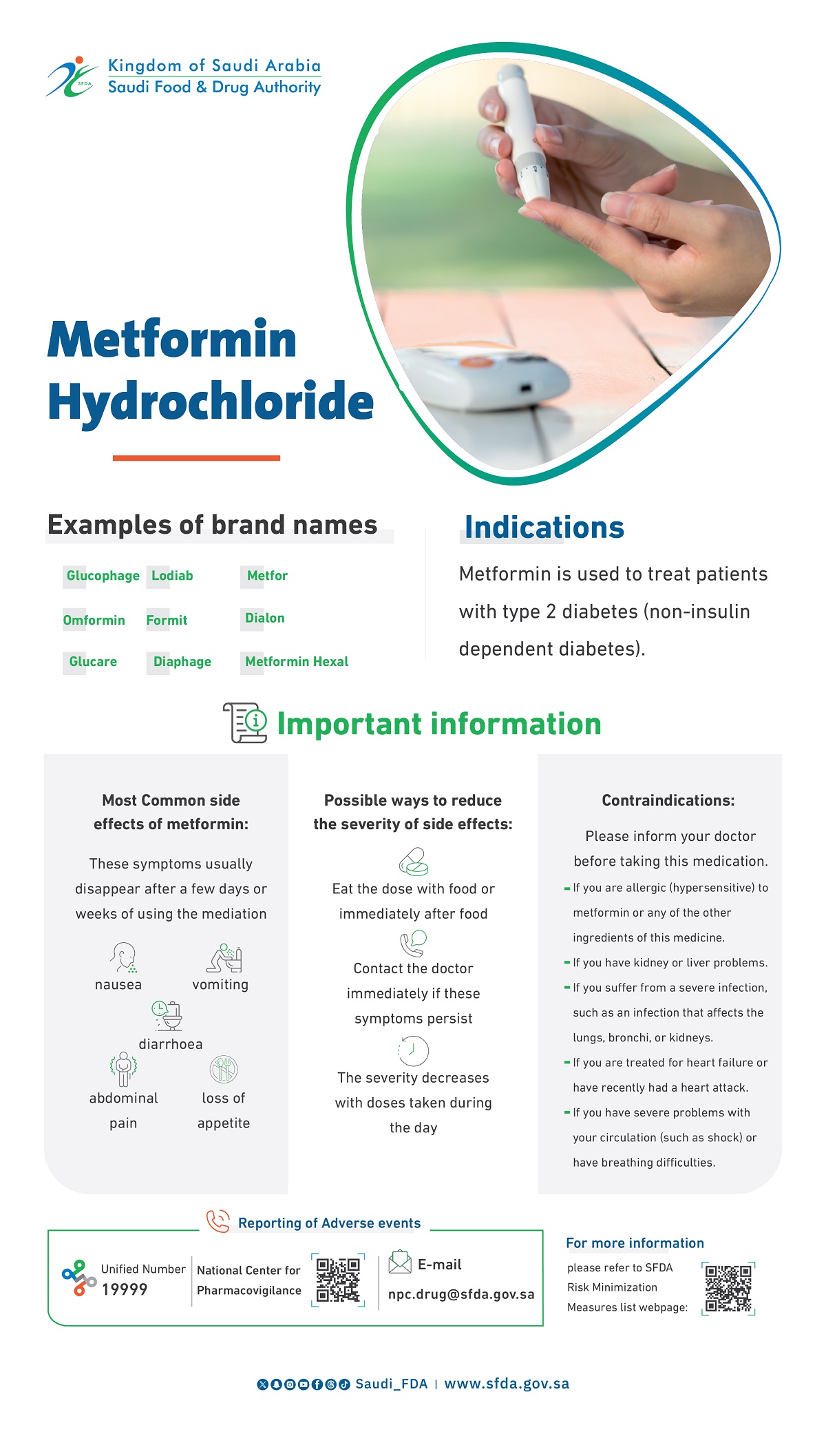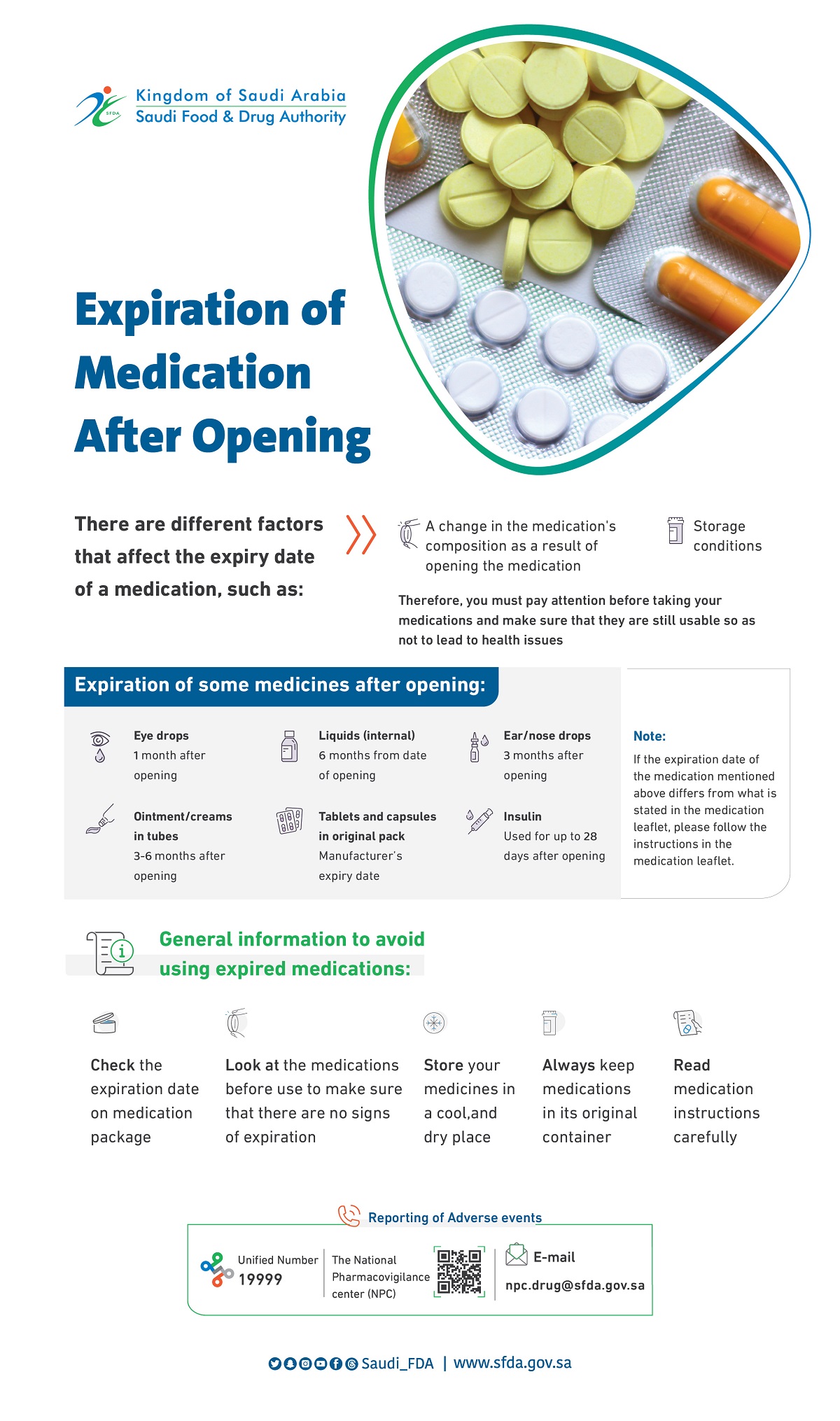
Effect of Initial Combination Therapy With Sitagliptin, and Metformin on Glycemic Control in Patients With Type 2 Diabetes
Effect of Initial Combination Therapy With Sitagliptin, and Metformin on Glycemic Control in Patients With Type 2 Diabetes
Effect of Initial Combination Therapy With Sitagliptin, and Metformin on Glycemic Control in Patients With Type 2 Diabetes
2007-09-12
The objective was To assess the efficacy and safety of initial combination therapy with sitagliptin(a Dipeptidyl Peptidase-4 Inhibitor) and metformin in patients with type 2 diabetes and inadequate glycemic control on diet and exercise.
In a 24-week, randomized, double-blind, placebo-controlled, parallel-group study, 1,091 patients with type 2 diabetes and A1C 7.5–11% were randomized to one of six daily treatments: sitagliptin 100 mg/metformin 1,000 mg (S100/M1000 group), sitagliptin 100 mg/metformin 2,000 mg (S100/M2000 group), metformin 1,000 mg (M1000 group), metformin 2,000 mg (M2000 group) (all as divided doses administered twice daily [b.i.d.]), sitagliptin 100 mg q.d. (S100 group), or placebo. Patients who had an A1C >11% or a fasting glucose value >280 mg/dl after the run-in period were not eligible to be randomized; these patients could participate in an open-label substudy and were treated with S100/M2000 for 24 weeks.
The mean baseline A1C was 8.8% in the randomized patients. The placebo-subtracted A1C change from baseline was –2.07% (S100/M2000), –1.57% (S100/M1000), –1.30% (M2000), –0.99% (M1000), and –0.83% (S100) (P < 0.001 for comparisons versus placebo and for coadministration versus respective monotherapies). The proportion of patients achieving an A1C <7% and <6.5% was 66 and 44%, respectively, in the S100/M2000 group (P < 0.001 vs. S100 or M2000). For the open-label cohort (n = 117; baseline A1C 11.2%) treated with S100/M2000, the within-group mean A1C change from baseline was –2.9%. The incidence of hypoglycemia was low (0.5–2.2%) across active treatment groups and not significantly different from that in the placebo group (0.6%). The incidence of gastrointestinal adverse experiences was similar for coadministration therapies compared with their respective metformin monotherapy.
The initial combination of sitagliptin and metformin provided substantial and additive glycemic improvement and was generally well tolerated in patients with type 2 diabetes.
Source : Diabetes Care August 2007





